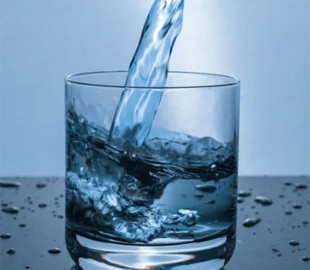
Scientists from the Australian National University have proposed an innovative method of water desalination that reduces energy costs by 80% compared to traditional methods and eliminates many of their unwanted side effects effects.
The problem of the lack of fresh water is becoming increasingly acute in the world, and new technologies can significantly change the situation.
According to the World Bank, about 300 million people in more than 150 countries depend on water desalination, spending about 3 kWh per cubic meter. However, it still accounts for a significant part of energy resources costs. Traditional desalination methods, such as reverse osmosis and thermal evaporation, are energy-intensive and can damage the environment by killing marine organisms and creating concentrated salt solutions that are then discharged back into the ocean.
The new method, described in the journal Nature Communications, uses thermal diffusion — a phenomenon in which salts migrate to the colder side due to the presence of a temperature gradient. This process makes it possible to carry out desalination without changing the phase state of water, which significantly reduces energy costs. The water remains in the liquid phase, and low-potential heat sources, such as solar energy or waste heat from industrial processes, can be used for heating and cooling.
In the experiment, a group led by Ph.D. Shuqi Xu passed seawater through a narrow channel, which heats up to 60 °C and cools down to 20 °C. After each passage through the channel, the salinity of the water decreased by 3%. Repeated cycles made it possible to reduce seawater salinity from 30 000 ppm to less than 500 ppm, which meets drinking water standards.
"Our dream — provide a paradigm shift in desalination technology based on methods that can use low-temperature ambient heat», — said Juan Felipe Torres, a professor at the Australian National University and the lead researcher of this project. The new thermodiffusion desalination method does not require membranes or other ion-adsorbing materials, making it more environmentally friendly and cost-effective.
The group is currently building a larger multi-channel seawater desalination device to be used in the South the western Pacific island of Tonga, which suffers from severe drought. The device will be powered by a small solar panel.
Torres believes that thermal diffusion desalination is vital for developing countries because it decentralizes the desalination process and ensures water security, especially in the regions most affected by the change climate.

